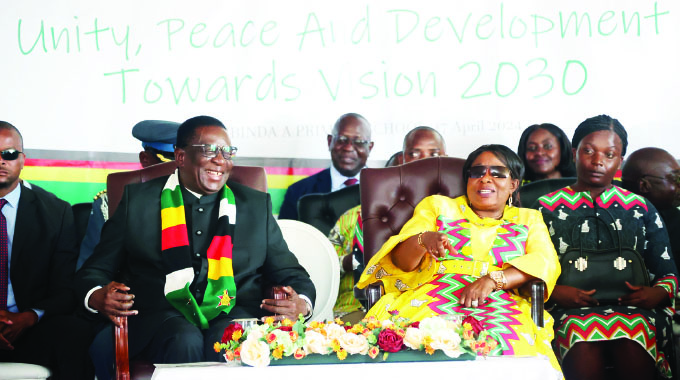Zim to hold national gender indaba
Gender Editor
Zimbabwe will next month hold a national indaba to review progress on the Sadc Protocol on Gender as the 2015 deadline to meet set targets nears. Similar meetings will take place in 10 Sadc countries, culminating in a regional summit expected to take place in South Africa in May.
Regional lobby Gender Links, the Southern African Gender Protocol Alliance, local authorities and the Sadc Gender Unit will co-ordinate the country summits under the theme “50-50 by 2015 and a strong post-2015 agenda”.
All national meetings will reiterate the need to fulfil the 28 targets in the Sadc Gender Protocol.
With 10 countries expected to hold elections between now and the end of 2015, the partners will focus mainly on achieving parity in representation in political offices and use the polls to demand Government action towards this.
Some of the 28 areas the Zimbabwe summit intends to review include gender-based violence, access to property and resources, gender and climate, equality in education, and inclusion of women in economic policies and decision-making.
Gender Links Zimbabwe country manager Ms Priscilla Maposa said, “In a bid to strengthen the reach and impact of the summit at the local level, all summits this year will be cascaded to local level in 10 Sadc countries.
“The district level summits will serve to verify the work of nearly 200 councils that have developed and are implementing gender action plans through their centres of excellence, as well as strengthen peer learning and sharing at this level.”
One of the post-2015 issues likely to dominate discussions is the need to increase women’s participation in decision-making.
With an average of 26 percent women representation in Sadc parliaments and local government authorities, the region is half-way to where it needs to be by 2015.
The regional body is now pinning hopes for increased women leadership on the 10 countries that will hold their elections between this year and 2015.
Botswana, Malawi, Mozambique and South Africa will hold elections this year.
In Zimbabwe, women’s representation in Parliament has more than doubled from 17 percent in the 2008 general election to 35 percent last year.
Zimbabwe is among some 30 countries worldwide that use a special electoral quota to increase women’s representation in Parliament.






Comments